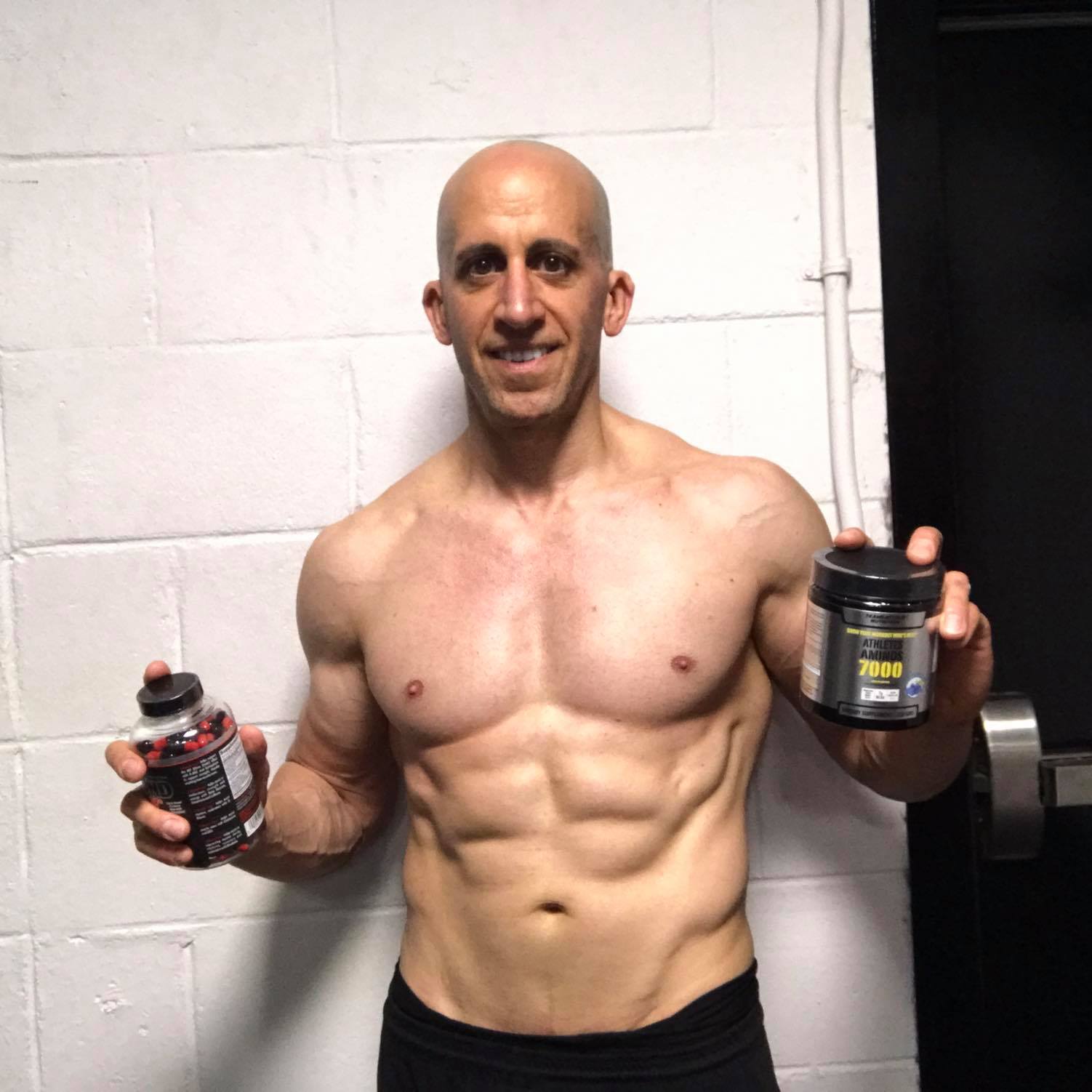When it comes to “fitness tests” for athletes, I like to first change the way I talk about them. Athletes tend to perform better during an “assessment” rather than a “test.” Sure, it’s just semantics, but when an athlete has a test to perform there is the potential of “failing,” which can cause undue anxiety. In reality, there is no way to fail a fitness test, since we are just gathering, assessing and comparing data. And that is why “Fitness Assessments” have become my choice of words for gauging an athlete’s fitness improvements over time.
When it comes to running assessments, it’s common for athletes and coaches to think that each assessment has to be built around a maximal effort. And while these efforts do have great value, we still want to assess an athlete across the entire spectrum; measuring an athlete’s aerobic energy system/sub-maximal can also provide incredible data. Let’s take a look at a number of assessments that athletes can do at home in order to keep track of your (or you athlete’s) progress. (See Alternate Testing Methods for Cyclists if you’re not a runner!)
Aerobic Run Assessment (Zone 1)
This is an ideal workout for the treadmill. Be sure you are well fueled with carbohydrates, such as an energy bar (plus 20-30oz water), prior to starting this workout. Keep the treadmill flat (0% incline) and run 5 miles.
The key to this workout is to stay in HRZ1 (heart rate zone 1). No matter how slow the pace may be, do whatever it takes to stay in Z1. And if in fact the pace is painfully slow, this tells us a lot. In short, that the heart is having to work hard to move the body, even at a slow pace. And that’s ok! It’s exactly why we are performing this assessment.
Now, always keep in mind the effect of cardiac drift. This means that your HR will increase over time even if the effort/pace stays the same. For example, let’s say your heart rate zone 1 is 131-140 bpm. You do not want to spike the HR up to 140 at the start, why? Because of cardiac drift; remember, your HR will increase over time. If you are already at the top of Z1 at the start of the assessment, there is a very good chance you will have to significantly slow your pace, maybe even to a walk, to be able to maintain Z1. Instead, gradually build into Z1 and stay in the low end/middle of the zone for as long as you can.
Once the assessment is over, upload your data; now the fun begins. Let’s say your average pace was 10:00/mile and your average HR was 135bpm. Ok great, now you have a Zone 1 baseline. This is important when it comes to improving running efficiency and becoming faster, because in the end it’s all a numbers game. If our Zone 1 pace is 10:00/mile, our Zone 4 pace can only be so fast, right? It’s going to be difficult verging on impossible to run a 4:30 mile in Zone 4 if our Zone 1 is a 10:00/mile.
What to Look For in a Fitness Assessment
Now here is where it starts to get crazy. As you eat right, work out smart, and continue to perform the aerobic run assessment over time, you will see this Zone 1 pace become a 9:30/mile; then a 9:00/mile; then an 8:45/mile, and so on. Whoa! Do you see what is happening here? Your aerobic efficiency improvements are unreal. You are now running 1:15/mile faster in the same HR zone (Zone 1). Just imagine how much faster Zone 4 can be! Make sense? Your heart is beating fewer times for the same output, which means you can essentially run longer, harder and faster than a less-efficient runner (or your less-efficient past self).
Measuring your aerobic efficiency over time can not only map your progress, but help you set realistic goals. You can also measure you endurance (Zone 2) and tempo (Zone 3) efficiency using the same method. As you start to see your pace/mile get faster in all three zone assessments, watch out! Because your fitness level just increased big time.
No Heart Rate Zones? No Problem
Can you still do these assessments if you do not know your exact HR zones? Absolutely. Let’s say that your run threshold pace is 8:00/mile. For the Zone 1 assessment, run this 2:00/mile slower than your run threshold pace (10:00/mile). Then upload your data and record your average HR. In time, you will find that your average HR will decrease. Let’s say your first assessment produced an average HR of 150bpm. And over time, let’s say this average HR becomes 140bpm. Wow! That’s the increase in efficiency we are looking for. Just imagine, you are running the same pace for 5-miles (10:00/mile), but your heart is beating 10bpm less on average.
For a Zone 2 assessment run 1:30/mile slower than your run threshold pace (9:30/mile). And for the Zone 3 assessment, run 1:00/mile slower than your run threshold pace (9:00/mile). (Check out our Quick Guide to Setting Zones if you just want to figure them out once and for all.)


